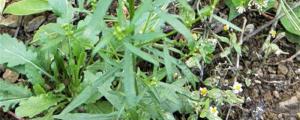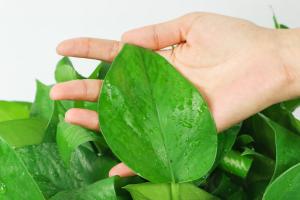How to Protect Trees and Plants
Our planet relies on trees and plants for oxygen and for the balance of our ecosystem. Unfortunately, human activities such as deforestation, pollution, and habitat destruction have put many species at risk. As individuals, there are many ways we can help protect trees and plants to ensure their survival for generations to come.
Plant and Care for Trees and Plants
One of the most effective ways to protect trees and plants is to plant and care for them. By planting trees in our yards, neighborhoods, and cities, we can help restore natural habitats and provide homes for local wildlife. It's also important to properly care for these trees and plants by watering them regularly, providing the right soil and fertilizers, and pruning them to promote healthy growth. By taking care of our green spaces, we can create a healthier environment for ourselves and the planet.
Avoid Deforestation
Deforestation is the process of clearing trees and forests for human use, such as farming, logging, and urbanization. This can have a devastating impact on the environment, leading to soil erosion, climate change, and the destruction of habitats for wildlife. To avoid deforestation, we can support companies that use sustainable forestry practices, reduce our paper waste, and recycle whenever possible. We can also advocate for stronger laws and policies to protect our forests and trees.
Reduce Pollution
Pollution is another major threat to trees and plants. Air pollution can damage leaves and lead to stunted growth, while water pollution can harm aquatic plants and animals. To reduce pollution, we can take steps like carpooling or using public transportation, reducing our energy consumption, and properly disposing of chemicals and waste. By reducing our impact on the environment, we can protect the health of our trees and plants.
Protect Natural Habitats
Many species of trees and plants rely on specific habitats to survive, such as wetlands, forests, and coral reefs. To protect these habitats, we can support conservation organizations that work to preserve natural areas, help with local restoration efforts, and limit our impact on these fragile ecosystems. As individuals, we can also educate others about the importance of biodiversity and the impact of human activities on our planet.
Conclusion
Protecting trees and plants is essential for our survival and for the health of our planet. By planting and caring for green spaces, avoiding deforestation, reducing pollution, and protecting natural habitats, we can help preserve these vital resources for future generations. It's up to each of us to do our part in creating a sustainable future for ourselves and for the environment.

 how many times do yo...
how many times do yo... how many planted tre...
how many planted tre... how many pine trees ...
how many pine trees ... how many pecan trees...
how many pecan trees... how many plants comp...
how many plants comp... how many plants can ...
how many plants can ... how many plants and ...
how many plants and ... how many pepper plan...
how many pepper plan...































